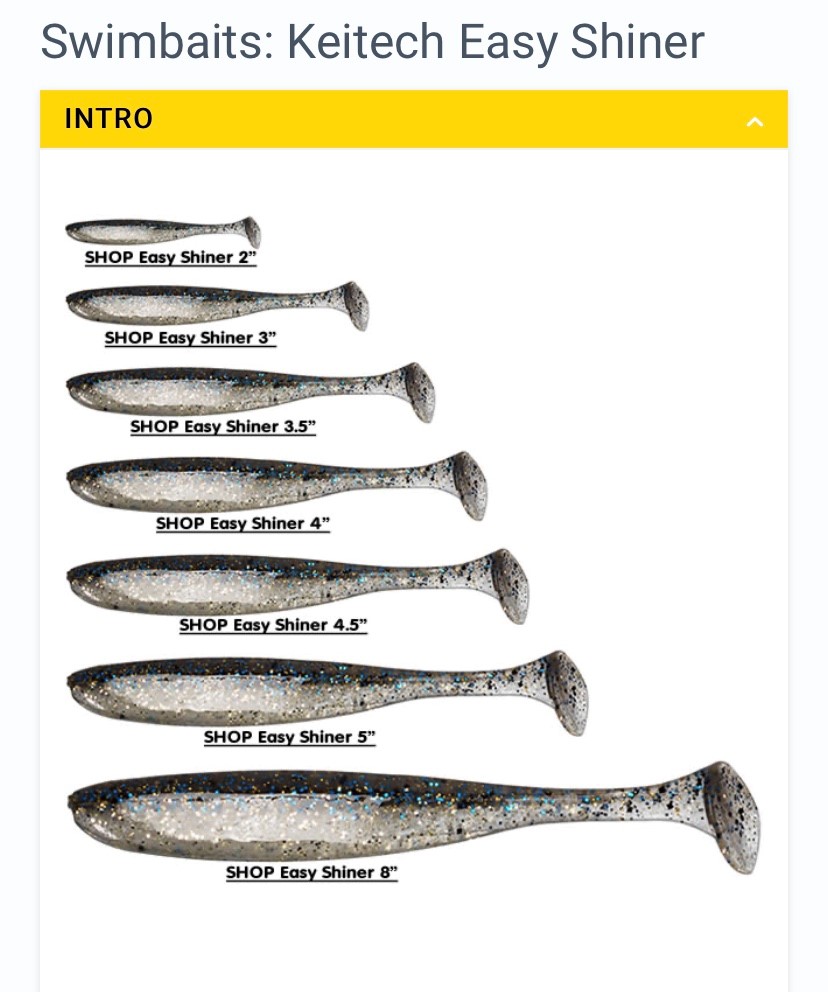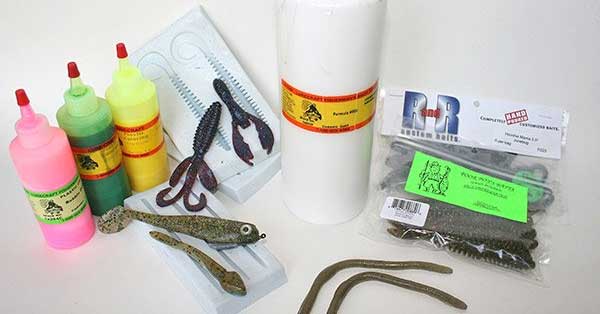
Ever wonder why your fishing buddy swears by the soft baits and you only ever seem to have luck on the hard baits? Reverse your thinking now, he’s/she’s sitting there thinking the same thing about you. Honestly, there is no right or wrong answers only varying degrees of opinions.
Soft baits are exactly how they sound; soft, gel-like, rubbery, flexible and often-times resemble worms, leeches, frogs, larva and even crawfish. To an average person or the non-fisherman, these baits can be very smelly. Yes, that’s right, some of the companies that come to mind are Keitech & Berkley Powerbait. They have some of the best and most popular scented soft baits on the market right now.
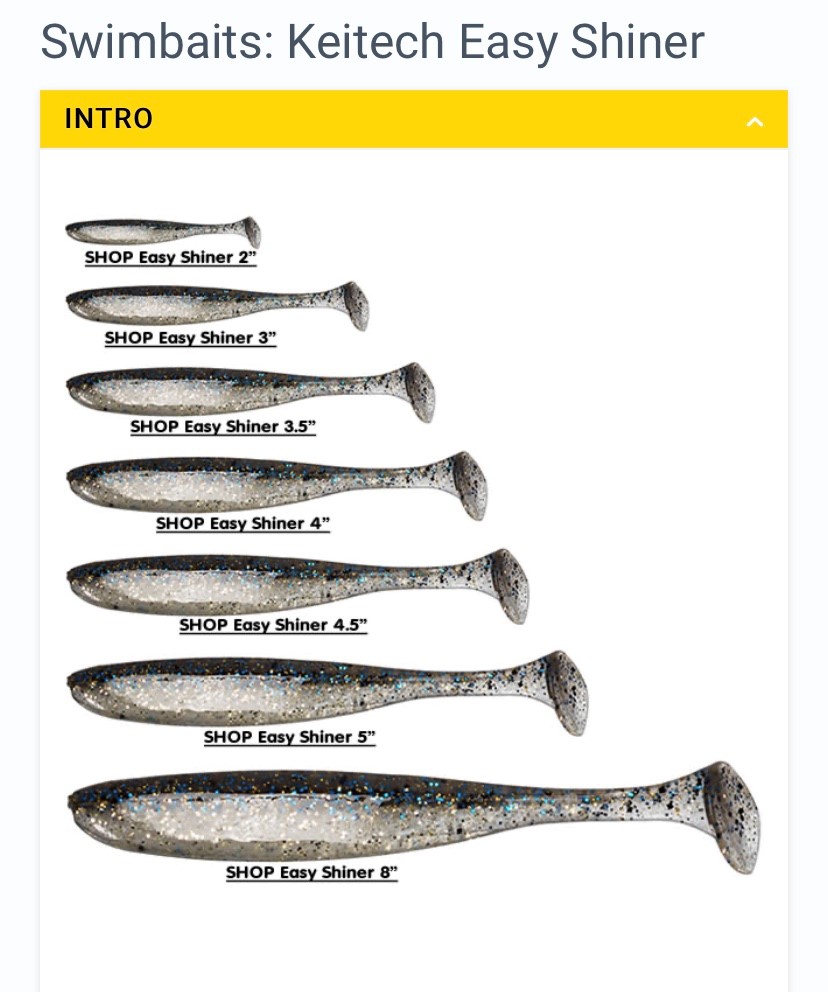
For scent, this adds an advantage to any type of artificial lure you are going to throw out there. From ground up fish, worms, garlic, squid, etc… Fish do smell, it’s an extremely important sense for anything swimming beneath the water. Those little holes that look like nostrils (AKA: nares) usually located beneath the eyes work differently than they do for us, they lead to an area that has sensory pads. From there they process information into categories (food or danger). For humans and most mammals the nose works in a similar fashion except that we also use it to breathe.
Soft baits have several advantages that most hard baits don’t offer. They can be fished just about anywhere, any depth and typically aren’t overly expensive when compared to their hard bait siblings. Another advantage of the soft bait is that they can be rigged in different ways; like Drop Shot, Ned, Texas Rigged as an example. Another key differentiator is the ability to take these soft baits weedless. In my mind, there is no bigger advantage to using soft baits than this… You can fish a weedless rig almost anywhere, any condition and have a great deal of success. This article will springboard us into covering several types of specific lure categories.
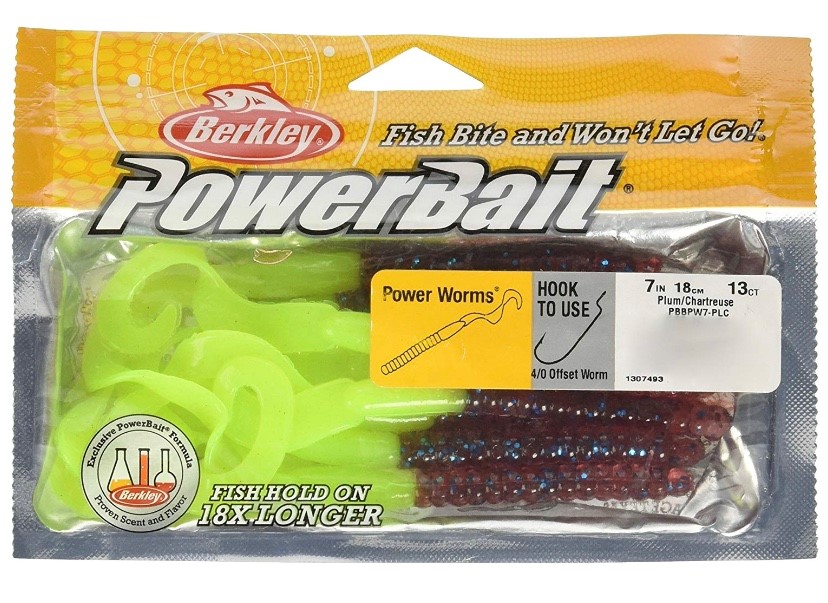
Soft Bait Worms: Probably one of the deadliest artificial bass lures in the world, a soft plastic worm is enticing and attractive in any body of water. There are several styles and body types and even more colors to choose from, plus you have to figure out how you want to rig your worm. For body style, it really is about preference. We use Culprit, Berkley & Gary Yamamoto (Senko) worms. There are several tail types that you may want to consider for your next trip; Curly Tails are popular, Straight is growing even more popular by the day and then you have ribbon & paddle tails. Colors of worms range greatly and we have found in our experience that the colors of bait in the water are most ideal. As an example, if eels or leeches are a popular food item for bass you can expect that black and greens will be popular worm colors. In addition to worm colors and tail types you want to find the best and easiest rig setup for you. The most popular rig and one we use often is the Texas rig, we use this with and without a bullet weight which would slide to the head of the worm. The heavier worms get down fast enough and really allow for life-like retrievals. Carolina Rig includes a weight off the head of the worm and eye of the hook and allows the worm to flow in current, bounce around more freely. Drop Shot rig places a stabilized weight under the hook and worm, keeping it off the bottom and dancing through the water. Wacky Rig is pretty crazy looking and although we have 10,000 rubber rings we haven’t tried this method on the lake yet. This approach has you placing the hook through the middle of the worm, attaching a rubber o-ring around it and the worm, this allows the worm to bounce around on both ends. You can use a weight but it’s not a requirement. The last and I think least utilized rig is the Neko rig. This is similar to a wacky rig but you have place a weight in the tail and hook in the middle. So while the wacky rig is presented in a horizontal view with each end of the worm bouncing free, the Neko rig keeps the worm upright, almost vertical. Hook goes in the middle and you can use an o-ring as well if you want.
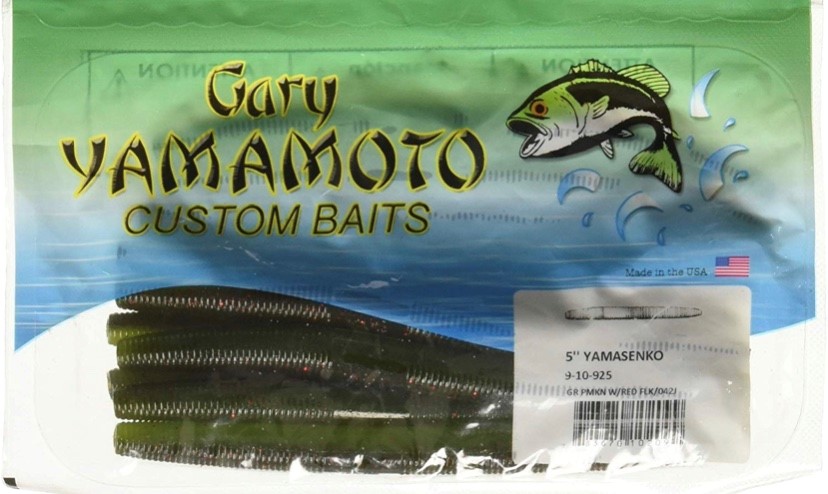
Jerk Soft Bait: Jerk Baits can be both hard and soft, now a popular soft bait which requires the angler to retrieve their bait causing it to dip, jerk, dive, jump as if it were a small injured or struggling bait fish. These can be fished on the surface or any depth in any type of water condition. Typically in the 4-6” range in size, they can be smaller or bigger but that seems to be most common. Some of the jerk baits I’ve seen and have used are split tail and paddle tail and you can rig them however you prefer but fishing them without weight is killer. If you rig with weight, most of the rigs we prefer have either a weighted hook or weight placed just beneath the eye of the hook, this allows for life-like action and keeps the bait looking like a forage fish swimming upright.
Soft Bait Grubs: Grubs are typically smaller soft baits, in the 2-4” range. Like the worm, you can rig these in several ways. The Ned rig seems to be super popular and effective. This is when the head of the hook is weighted, and you typically want to use a wide gap hook.
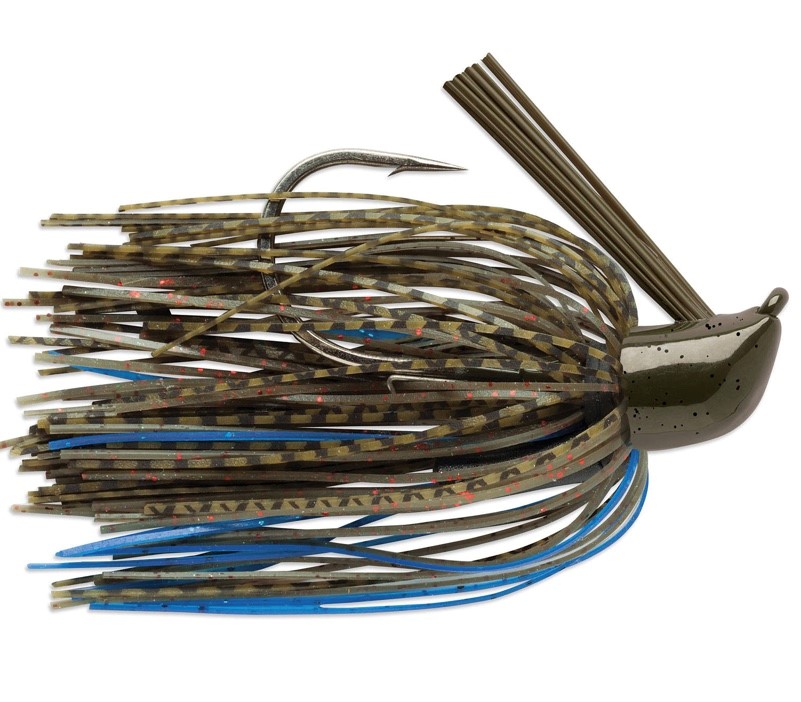
You will lose a ton of these if you aren’t fishing on a soft bottom, but they work. You can fish these weedless if you prefer, they go almost anywhere that way and if they aren’t hit on the way down to the bottom, you can jig them up and down a few times to induce a strike. Most of these create movement, vibrations with their tails as they are being retrieved. We have had the most success fishing these on the bottom. Grubs can have paddle tails, curly tails, straight and even have frayed tails. The body can be thick, round, or long like a worm. So many uses for these types a bait and they should make up a big portion of your tackle box. We see a ton of folks using grubs on multi-hook a-frame/umbrella rigs, too.
Tube Soft Bait: Plenty of fishermen would say I’m crazy but I don’t like fishing tubes, they can be rigged like a grub, running the hook through the length of the body and out the other side or buried for weedless. They can be fished almost anywhere are killers for panfish. Common size is 2 to 3-1/2” for these artificial’s. Most look exactly how they sound, hollow tubes with frayed ends seem to be common. You can use weight, the best course of action for these is to fish them with a jig head. Work them under docks and just outside the weed beds. Again, we aren’t a huge fan of Tubes but I’m sure there are plenty of guys and gals that would disagree.
Creature & Frog Soft Baits: From things like crawfish, lizards to easier things to mimic like frogs, soft baits come in all types of creature forms. If you have ever fished with live crawfish, you know the types of reactions they receive from smallmouth bass! In my youth I fished with a couple live frogs even and the largemouth stories I have are pretty sick, I would never do that again today but those memories are still with me. We’ve had success fishing other places with these types of soft baits but not a ton of luck on Lake Wallenpaupack. I know there is a heavy population of crawfish in the lake and surrounding streams as I’ve seen them. Nothing more fun than hooking up a creature bait and working it through the weeds, lily pads or a gradual slope that grades out into the deeper water. A weedless frog in the dead of summer can be the most fun any angler has had in a while. In the right conditions, soft bait frogs are insanely popular and bass love to eat frogs. You can rig these creature baits up however you want, there are no right or wrong ways to set-up your frog, lizard or crawfish as long as the action it creates is consistent with what you’d expect from the create it resembles. Use weight, don’t use weight, go weedless or exposure the hook if you want. If we all lived in Florida, we’d be using more creature baits than we do up North.
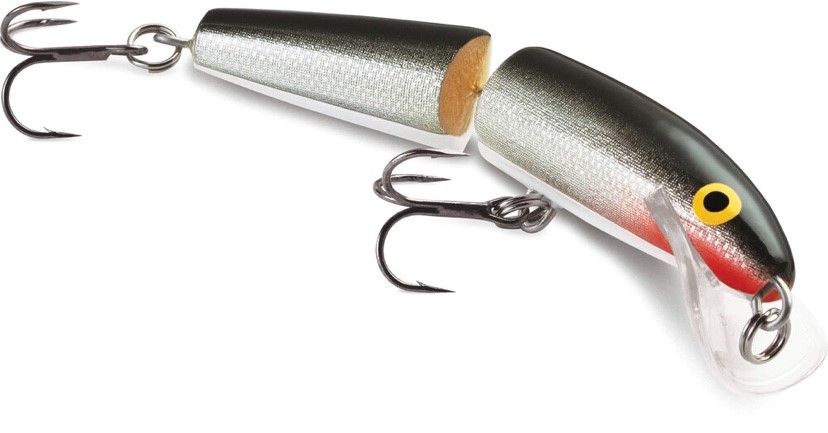
A hard bait is any lure that has a lip or that is lipless with a single, or series of hooks attached to the hard body of the lure. This extends to blades and spinners as well. Mostly made from plastic, sometimes metal or wood and are known to be extremely sturdy versus their soft bait brothers and sisters.
The size and shape of hard baits vary depending on a million factors; mainly the type of fish you are attempting to catch, the depths at which you intend to fish and the action that you are expecting to create or generate during the retrieve. These lures are looking more and more like real life recreations than manufactured replicas. At the same time, I believe much like you that depth and color is what matters most. After all, most fish are creatures of habit and habitat, they know what they see, they know what they like to eat and everything else is just a little bit of luck.
We mentioned lip and lip-less early on, there are several lures that don’t have lips. Most common are top-water hard baits that move across the water surface or slightly dip below depending on the face of the lure. In addition, spinners and blades also can be fished closer to the top of the water than the bottom. A few manufacturers are coming out with lip-less lures that dive pretty deep. The hard baits that have lips have been tested for over 50 years. From retrieve speed, to lure shape, to lip size to weight, all these elements help determine where a lure is going to live in the water. I think this is a huge advantage over the soft baits. You can narrow where you want to fish with precision. From depths of 0” to 6’ all the way down to 24’. Lips not only help determine the depth at which you fish your lure but also the action your lure will have upon retrieve. Another big advantage with hard baits is the fact that you can purchase lures that countdown depth, suspend & float. Many have multiple actions upon retrieve, diving down and suspending when paused, while others will rise to the top of the water if paused long enough. This makes for great versatility with these types of lures.
I would say that hard baits can be used almost anywhere that doesn’t have heavy vegetation and are best used out in open water where they can be fished correctly. Meaning that your lure is able to be fished, create an ideal action and be retrieved in a consistent manner (lots of casts). Not all hard baits are meant to be sent out into the water only to be reeled back in by the fisherman. You can work a hard bait too, adding your own approach to the retrieve which may give it a special advantage over another non-creative retrieve. We will look at several hard bait categories as we advance our coverage of artificial baits. If you are a diehard hard bait guy, I hope you make big money as they are some of the priciest lures on the market!
Crankbaits: Any bait that has a plastic or metal lip and dives down in the water is classified as a crankbait. These come in a million shapes and sizes, mostly utilizing treble hook setup in two’s or three’s depending on the length of the lure. The best part about these types of lures is you can pretty much buy them based on the depth they dive upon retrieve. In addition, the traditional lip is being modified continually to identify new action / motions through the water. We have also witnessed several variations to the jointed swimbait body type, allowing the lure to swim through the water in a more life-like manner. These lures are becoming more real looking than almost any other retrievable artificial bait type. Beyond the lip, there are a number of manufacturer’s that are making cranks that are lipless. These use a hollowed-out nose or angled nose to allow the lure to dive down into the water upon retrieve. The benefits here are that these are real looking attractive artificial lures that can be managed at any depth. They are extremely or can be extremely expensive. You definitely want to work these lures back to the boat or dock and you can mix up your cast and retrieve approach if you prefer. Also consider when fishing these at night what the moon is doing. On a bright clear moon filled night you may want to go with a clear or see-through coloration versus a pitch-black night would require a solid dark color to help cast a shadow. A rattle inset also might help you catch more fish at different times during the course of the day and certainly can help draw more attention to your crank. You can fish these lures at depth or into the shoreline and back. Not ideal for heavily vegetation areas unless you are fishing above or alongside the beds. Rapala, Smithwick, Strike King, Rebel, and Berkley make some fantastic cranks. Remember, any predator fish that eats other fish can be caught on crankbaits.
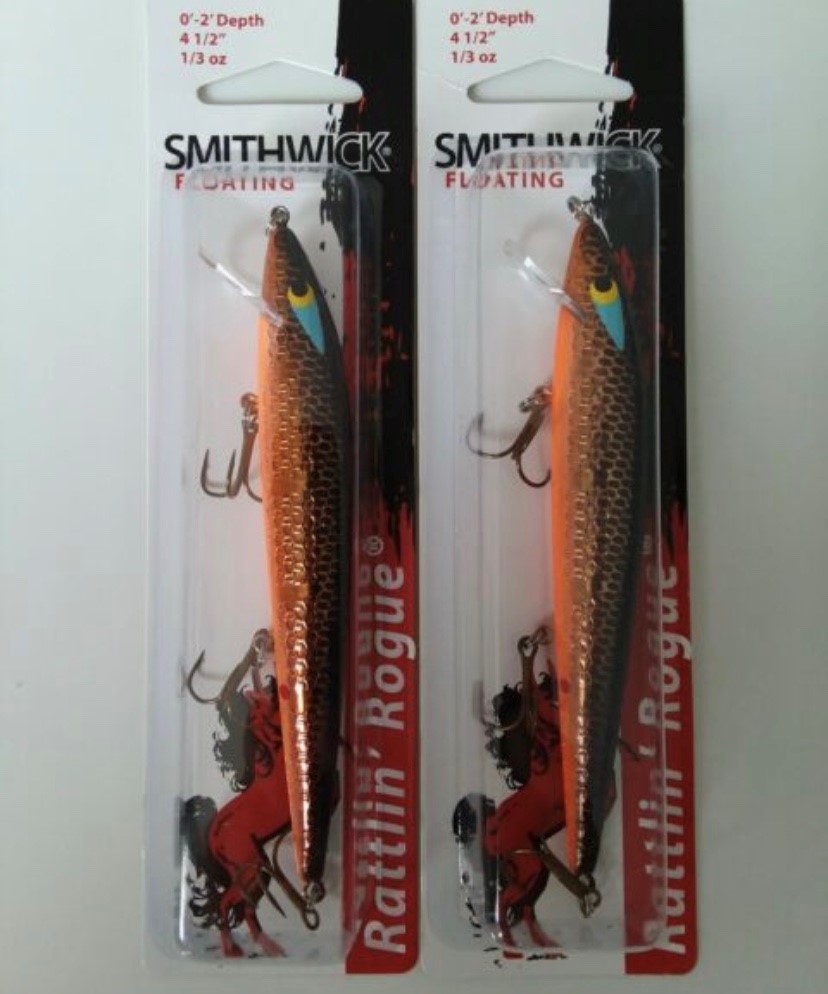
Topwater Baits: Growing up in Pennsylvania I used to have the most fun catching largemouth bass on topwater baits. Without going into too much detail, my all-time favorite lure is the Heddon Tiny Torpedo for pond and lake fishing. I’ve caught so many bass on this lure in the dead of summer and came to love the sight and sound of a big bass hitting my torpedo on top of the water.
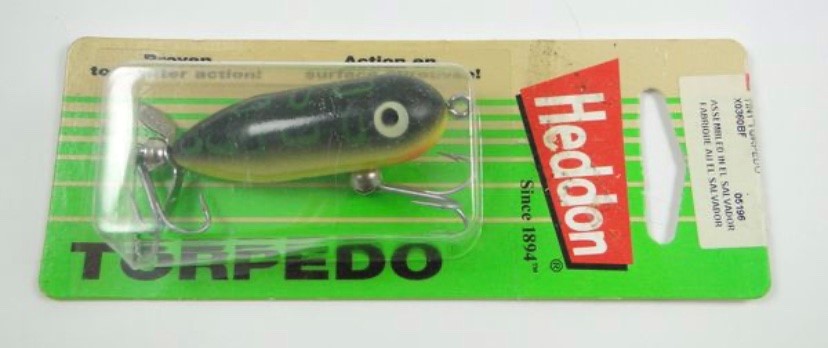
I found over 7 years of fishing with this particular topwater bait how many strikes you can create is tied to how patient you can be with your retrieve, the slower and more pausing you add in the more fish I’d catch. Don’t get me wrong, we’ve also caught plenty of fish by catching and reeling with no pause but the bass get crazy when you pause a lure, especially when they are hungry. There are a ton of topwater baits you can use, these lures are exactly what you think they are….They are hard and soft bodied and sit on top of the water like a prey item; injured fish, spider, mouse, snake, frog, duck and anything else that ends up on the surface of the water. With absolute certainty, the Wally Bites team had a friend miss a big Northern Pike or Muskie last summer on a Savage duck lure. Arbogast also makes some great lures; maybe the most popular is the Jitterbug that waddles across the top of the water, the unique lip attached to the hard body creates a walking motion that big Bass and other predatory fish can’t resist. You don’t want to take these type of lures out with you until the water temps hit at least 50 degrees and they will start getting hot around 70, well into the 90s…
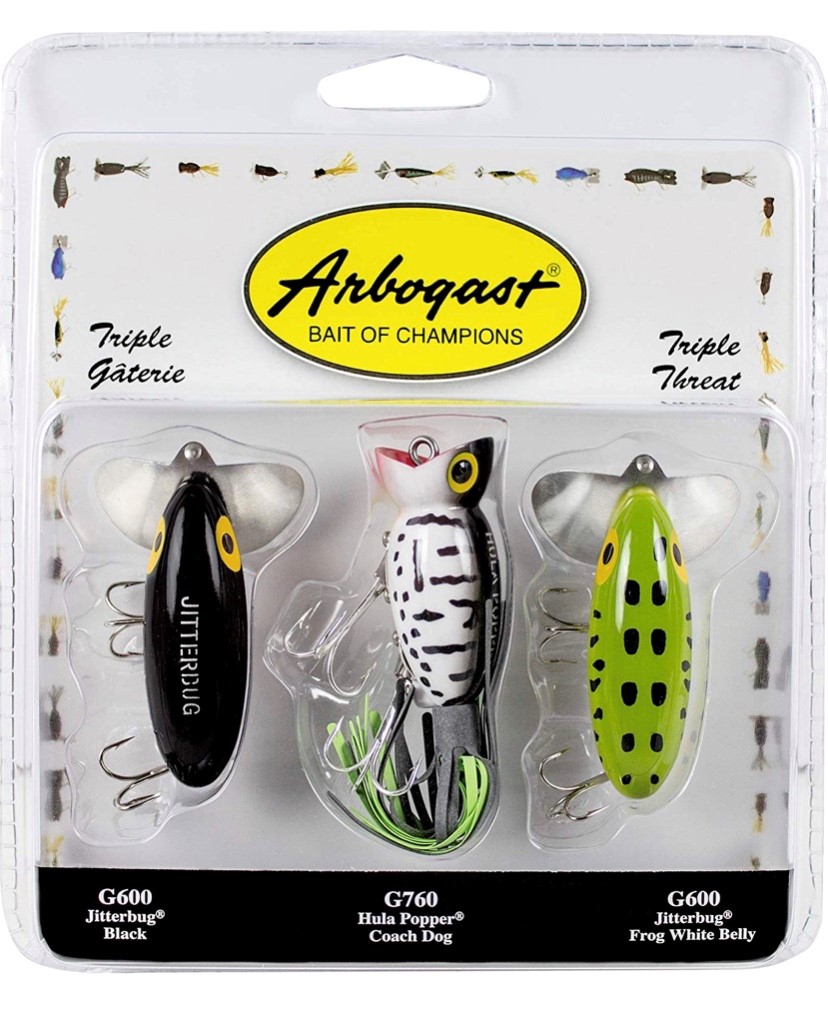
Stick Baits: As noted above, stick baits can be soft or hard. Most are slender, torpedo shaped which allow them to be fished in several ways. The approach here is to create a zig-zag pattern, you can slow retrieve or fast retrieve these hard baits and the action they create can really drive the big fish mad. You can move the tip of your rod in opposite directions, most of these are surface action or just below. You can create a “walking-the-dog” type motion with these that make them look more attractive to hungry fish. Think of the Zara Spook for this type of surface lure, again produced by the masters of top water in my mind – Heddon.

Not much else to tell about this type of bait other than you can find them with several hook variations but most have two treble hooks and at most three. They usually don’t have a lip and almost always have their hook setups back behind the head of the lure, a bit further than most.
Blade, Buzz & Spinner Baits: A buzz bait or blade bait can be a great lure when you are anticipating covering a ton of territory with a million casts. Typically worked from the shoreline out to your boat, they can be worked along the shoreline.
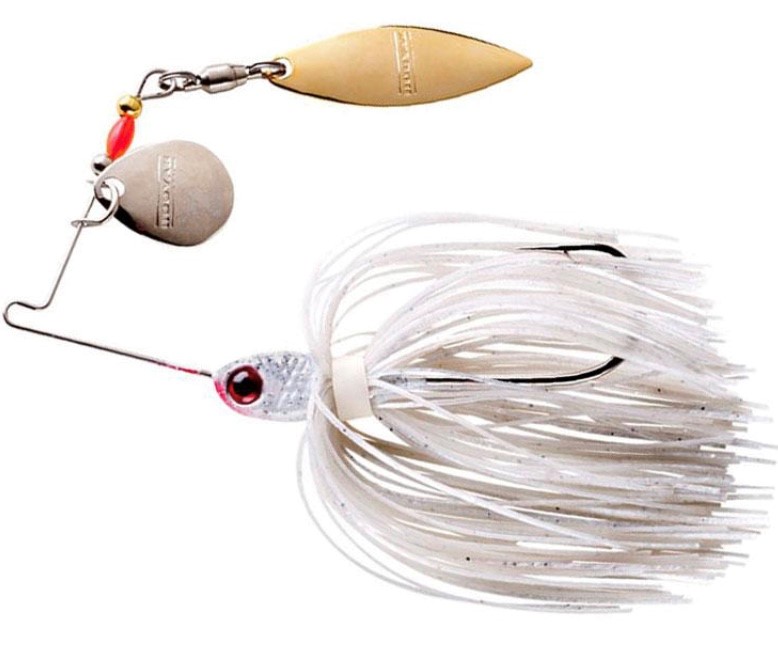
These hard baits or combination baits make a lot of noise, create significant amount of vibration and are phenomenal spring and summer time lures. The type of blade or spinner you use can have different impacts on the water distortion and the noise it produces. In clear water with good visibility (light) you can use a willow blade which creates a tight vibration, offers a narrow profile and can be used quickly through the water. If the water is slightly stained to clear you can choose a willow leaf gold + pro willow which offers a wider profile and moves the water a little differently but can be worked very fast through the water. In low light, stained water the Double Pro offers a wider profile than the previous blades as they are fatter which creates a more water movement and allows for slower retrieve. In the dark and/or in muddy water you can go with a Massive Colorado which is a fat tear dropped shape blade, that pulls and cuts through the water like a dump truck going through the mud. The point is, it’s a slower bait so the fish can find it and attack it. In all these blade baits you want to consider adding a trailer hook as you end up missing a bunch of fish on these. Spinner baits are another type of hard bait, they usually have a hard body and are made from plastic or metal. When I think of these I think of rooster tails, panther martin’s and mister twisters with an over or under spin blade. Certainly you can catch all types of fish on these from trout, crappie, rock bass, smalls and more. They have some huge spinners with bucktails and hair for muskies and pike too. The honest truth is that you can catch anything on a spinner, the bigger the spinner you use the bigger the fish you’re gonna catch.
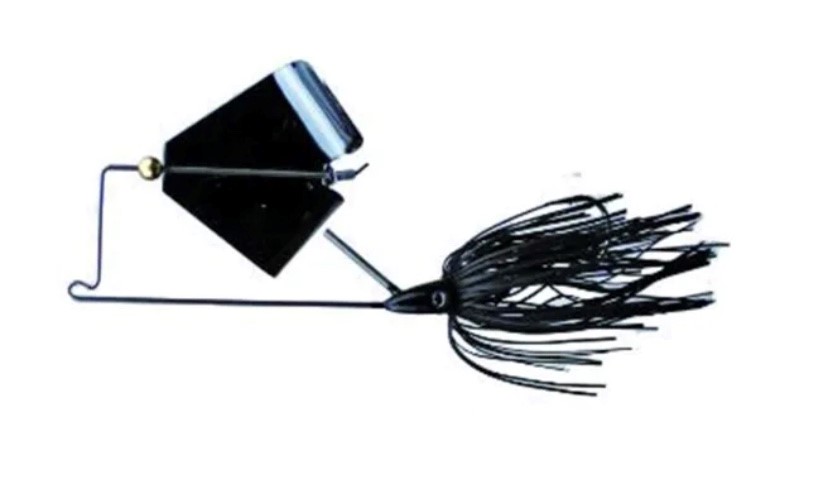
Spoons: A spoon is an oblong or longer tear shaped, usually concave lure made of metal. It is rounded on one end and offers a slight bowl profile on the other. A spoon lure is mainly used to attract fish by reflecting light and moving randomly. Great for trolling. We even consider Kastmasters a type of hybrid spoon / spinner.
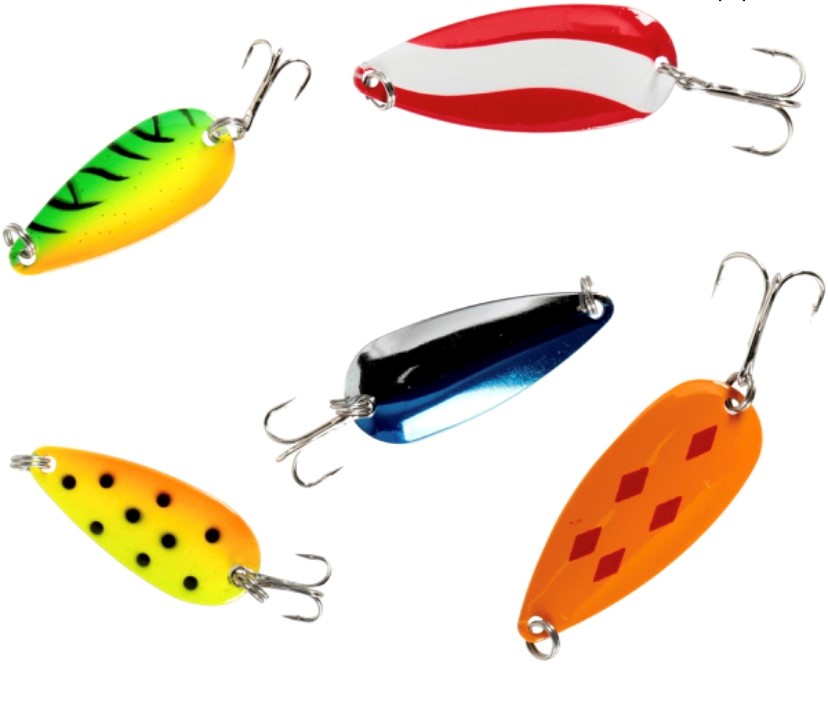
Spoons are simple, often times weigh quite a bit and can be painted or offer a precious metal look between copper, gold and silver. The most basic is your Red / White with a treble hook off the back. These types of lures are used for catching big fish at depth, such as northern pike, largemouth bass, muskies, walleye, salmon and trout. If using a rod and reel to cast a spoon you can focus on the following things to be more successful; things like cast accuracy, weight of the spoon means it can carry a long distance and your retrieve can be toyed with almost every cast to engage a hungry fish. Keep on casting!!!!
